With a variety of DIY website builders out there, making your own website is easier than ever. Between Wix, Squarespace, Weebly, and others, building and designing your own website (or having your friend’s cousin’s neighbor build you one for cheap) is not all that complicated. When you’re considering your needs for a website as well as your budget, you may be asking yourself, “Do I REALLY need a professional to create my website?” Hey, it’s a fair question! Let’s take a look at what it takes to create a website and some things you may want to consider before making your decision.
What does it take to create a website?
Some of the main drivers of a worthwhile website include valuable (and increasing) content, clear copy, eye-catching design that’s not overwhelming, an obvious call to action, proper search engine optimization, quality images, security, reliable hosting, and consistent backups and updates.
The Lifedge process for web design
To get a better idea of what this involves, we want to share with you our best practices for website design as well as hosting and maintenance.
While this isn’t a complete list, here are some of the basics that we believe are necessary for a comprehensive, well-functioning website, and that are included our website packages:
Website design:
- StoryBranded copywriting
- Integration of email sign-up forms and preferred social media channels
- Contact form forwarding to contact person
- Video tutorial, so that the business owner can manage the website
- General SEO, image SEO, and image resizing
- Mobile-responsive interface
- Web development on WordPress CMS
In addition, if you’re going to pay a professional to build your website, you want to know that the functionalities of your site are up to date, safe, secure, and fast. For reference, our hosting and maintenance package includes the following:
Hosting and maintenance:
- Fully managed hosting on a dedicated server
- WordPress core, theme, and plugin updates included
- SSL certificate for your domain
- Content delivery network for your images
- Daily, weekly, and monthly automated backups
- 1 hour of basic troubleshooting per month with rollover option
Here’s what customers are saying about the Lifedge web design process:
“I’m a small business owner that didn’t have the time or know-how on creating a website. After my first meeting with Lifedge, I knew I didn’t need to shop around because it was clear Lifedge knew what they were doing and actually cared about me and my business. Because of my website, I feel I can compete with my competitors (who are franchises and have the budget for high-end websites)! Lifedge by far exceeded my expectations!”
-Holly Lehman, CEO – Spruced Studio
Potential problems with amateur websites
Now that you know what it takes to create a quality website, you may be wondering if all of these details are that important. People create websites all the time. Can’t you just add some text, add some pictures, follow the website builder’s instructions, and call it good?
Yes, you can.
Unfortunately, this very, very often leads to frustration down the road, especially if you want a high-quality website that will actually provide traffic and leads. To show you what we mean, let’s talk about just a few of the main problems that we see with amateur and DIY websites.
Brand messaging
Brand messaging doesn’t determine whether or not your website will function, but it does determine whether or not customers will buy your product or service. For most people, that’s a pretty big deal. If you want a website that will lead to leads and sales, you need clear brand messaging with effective, direct, understandable wording.
We are big advocates of the StoryBrand framework and have used it to help dozens of customers clarify their message. Using this framework, we work with our customers to focus on how you can help your clients solve the problem they’re experiencing.
SEO
SEO, or search engine optimization, determines whether or not people can organically find your website online. Building a website is only helpful if people actually visit it. Another big problem we see with DIY websites is that they are extremely difficult to optimize for SEO, meaning that very few people find them without a direct link.
If you do decide to hire an amateur to create your website, it’s very important that they have experience with SEO so that people can search for your site. A few of the most important SEO practices include proper keyword research, optimizing your images, adding and updating content, and evergreen content. Proper SEO is an excellent investment because the results compound over time, meaning that, when optimized correctly, more and more people will visit your site as the weeks, months, and years go on.
Maintenance
Whether or not your website is properly set up and maintained is, of course, a big deal. One issue we see with DIY websites is that, while they look nice at first, they can be extremely difficult to maintain down the road. If (and this is more of a “when” than an “if”) you need to update something and nobody knows where the website is hosted or what the credentials are, you’ll be unfortunately stuck. Or perhaps you had an uncle or nephew build the site, but they no longer have the credentials on hand.
When this happens, it’s nearly impossible to move forward. Usually, you’ll have to either invest in a new website or just keep the old content on the website.
Even with tools like WordPress, your site can become vulnerable or obsolete without regular monthly updates.
At Lifedge, we have monthly and quarterly processes to update your website regularly. A website is not just one and done. It builds on consistency and content. And just as your business grows, you also need to build processes to support your website and support the content you want your website to have and your potential customers to read.
Our website creation process
Our website creation process involves approximately 60 different steps in order to make sure that your site is clear, well-designed and well-developed, technologically advanced, SEO optimized, and of course, approved by the client. We also make sure that all of our clients receive basic training with WordPress so that they can update the site on their own if desired.
We don’t want to bore you with all 60 steps, but here is an overview of just some of the steps and categories that we feel are necessary for creating the highest-quality site.
- Kick-off meeting with client
- Confirm domain, website, and hosting access
- BrandScript creation
- Website wireframe creation
- Mockup created in Adobe XD
- Content meeting review
- Revisions
- Second round of revisions
- Mockup sent to web designer
- Define sitemap for website
- Homepage design and internal pages
- Design meeting review with client
- Design revisions
- Design approval
- Continue with internal pages
- Development meeting
- Schedule go-live date
- Perform go-live process
- SEO optimization
- Claim Google MyBusiness
- Schedule training
- 90-day review
Along with a website, we also love to work with our clients on creating a sales funnel that helps direct more leads to your site and converts leads to sales. This generally includes lead generators, email campaigns, and other materials that grow your relationship and build trust with your customers.
Thinking about a new website?
Whether you plan to build your own website or hire a professional, we hope that knowing some of these common pitfalls will help you on your journey to a successful website. You can learn more about our website development process here, or see a StoryBrand transformation in this post.
And of course, we’re always here to help with your web design and development needs. We are located in Byron Center, Michigan, but we are happy to serve anybody locally or nationally. Simply book a meeting online to get started!
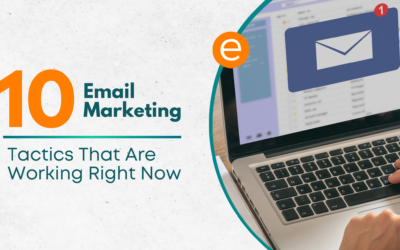
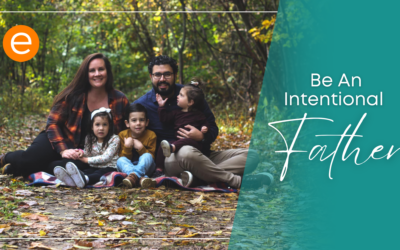




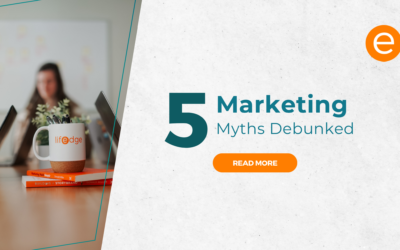

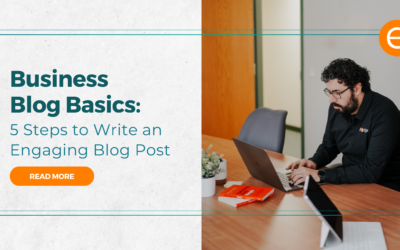
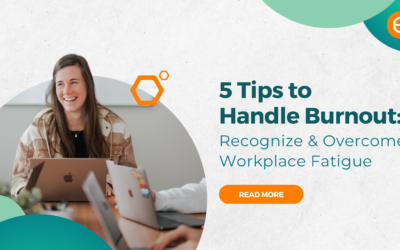
0 Comments